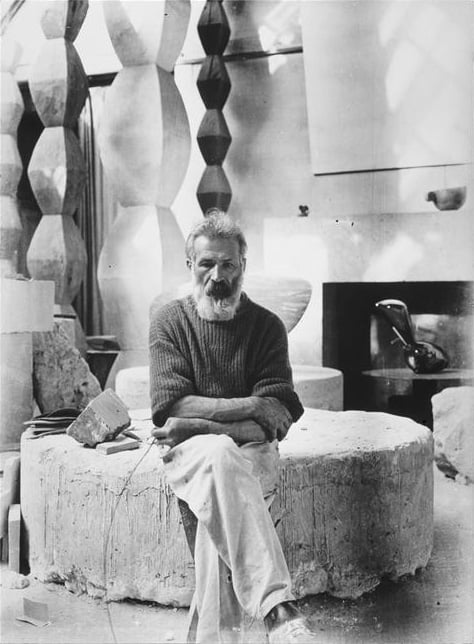Constantin Brâncuși
By:
February 19, 2012

What is the difference between avant-garde art and utilitarian object? For photographer Edward Steichen in 1926, the answer was made quantifiable and immediate: $240 in taxes, 40 percent of the price he paid for one sculpture in the CONSTANTIN BRÂNCUȘI (1876-1957) series Bird in Space. Contemplating the work’s fusion of industrial and primitive, the soaring, organic mirror-polished bronze, US Customs officers assigned the classification “Table, household, kitchen, and hospital supplies,” expressly not Art, and therefore subject to the import duty. Brâncuși v. United States reviewed the plaintiff’s formal artistic qualifications and confirmed that he was “a wonderful polisher of bronze,” only to discover that the real mess surrounded the nature of the connection between the sculptural form, title, and avian referent, prompting one judge to ask Steichen, “If you saw it in the forest, you would not take a shot at it?” The obsession with semiotic alignment may seem quaint, but it illustrates precisely the context for Brâncuși’s distinction between fidelity to appearance and expression of reality; his close associates included Picasso, Modigliani, Duchamp, and Pound. Upon winning the court case, Steichen speculated, “The Bird was its own best witness. It was the only clean thing in the courtroom. It shone like a jewel.”
***
On his or her birthday, HiLobrow irregularly pays tribute to one of our high-, low-, no-, or hilobrow heroes. Also born this date: Carson McCullers.
READ MORE about members of the Psychonaut generation (1874-83).
